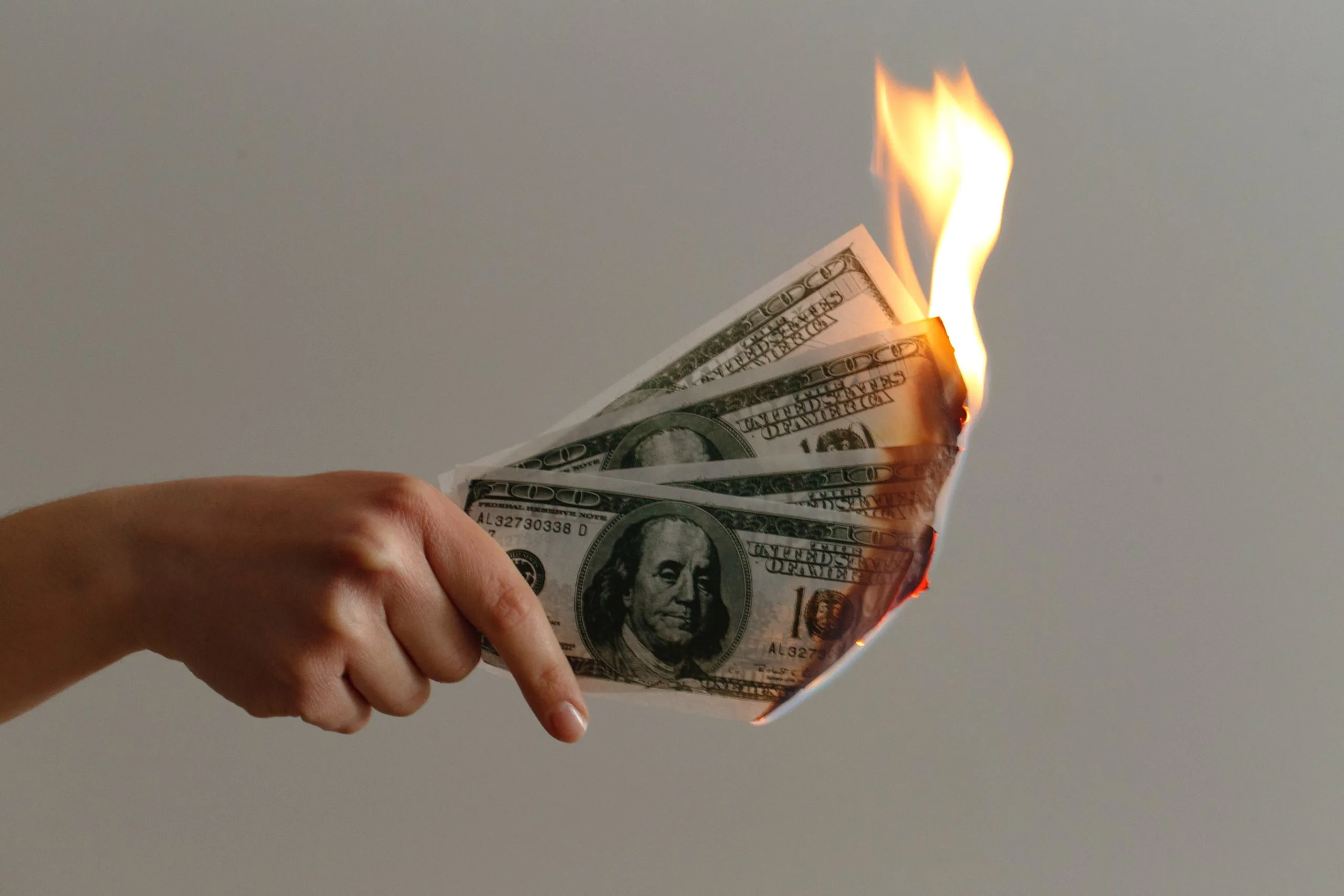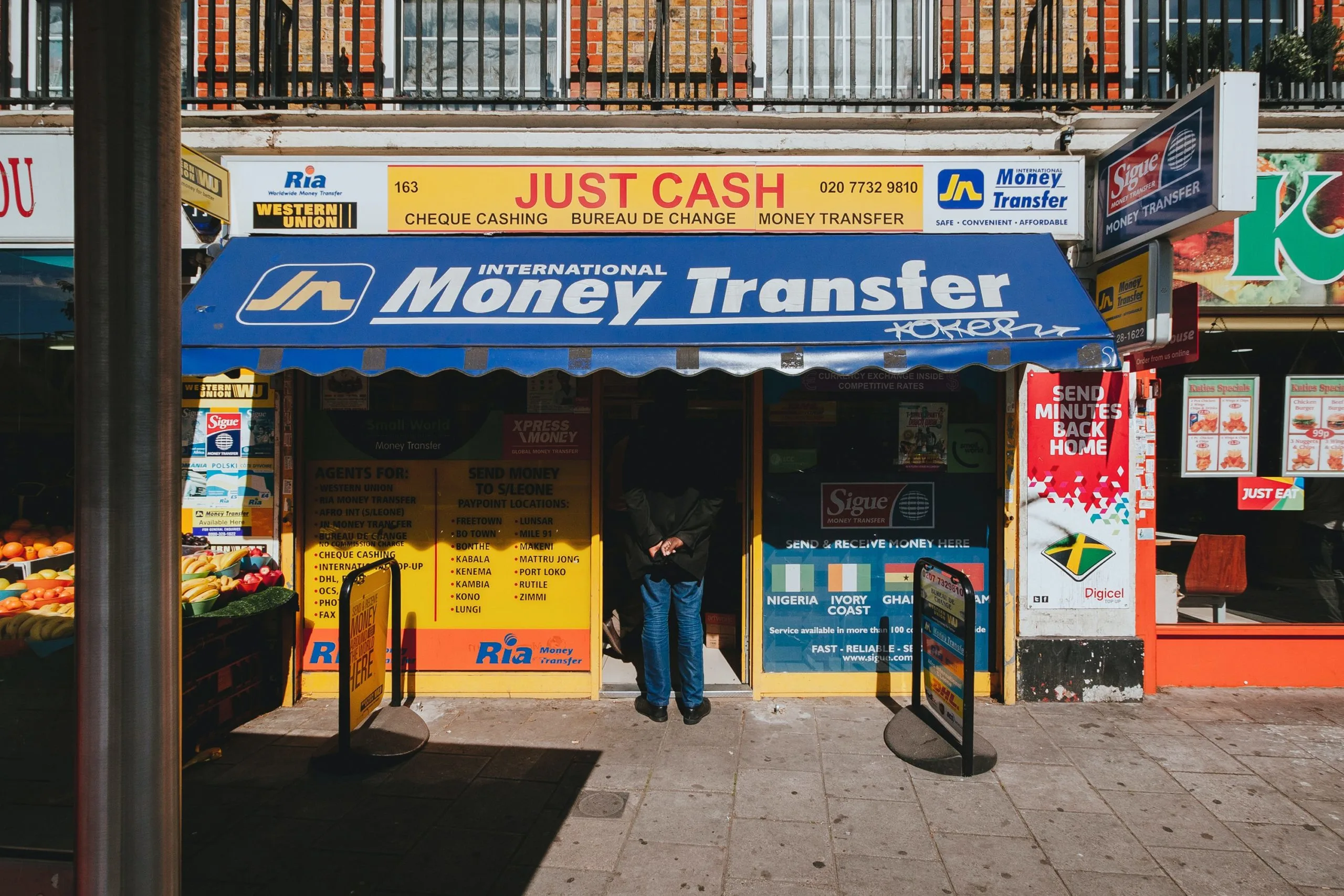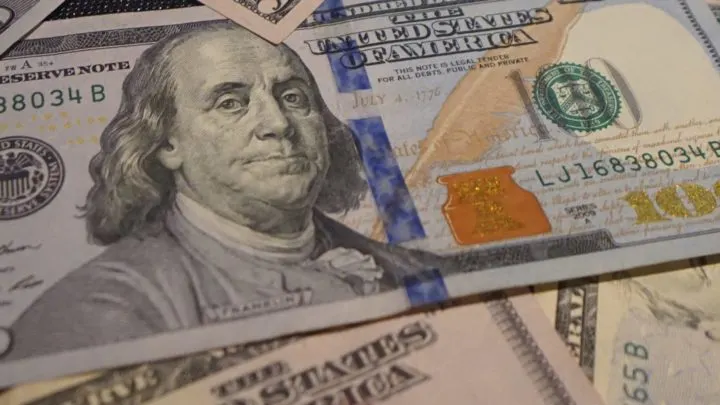A payday loan organization can provide an option when you’re in a tight financial situation. But are payday loans worth it? We have the answer to this question and more in our comprehensive guide to payday loans.
What is a Payday Loan?
A payday loan is a short-term loan, typically in the amount of $300-$1,000, with a very high interest rate. Payday loan organizations offer unsecured loans, which means that the loan is not backed by a guarantor (e.g. a co-signer on a student loan) or an asset (e.g a mortgage is backed by the house that was purchased with the loan).
The idea behind payday loans is that when someone is in need of cash quickly, they can go to a payday loan organization and promise that they will pay back the loan on their next payday. Typically, the payday loan organization will have the borrower sign a check with the date of the borrower’s next payday. If the borrower fails to return to the payday loan organization when their repayment is due, the issuer has the right to deposit the check that the borrower signed.
Payday loans are also sometimes referred to as “cash advances”, “payday advance”, or “short-term loan”.

History of the Payday Loan Organization
In the early 1900s, institutionalized money lending as we know it did not exist. In other words, you could not just go to a bank and apply for a loan. There was no such thing as a credit card, and if you wanted to buy a house, you likely had to have cash on hand.
As a result of this lack of borrowing options, an underground network of lending emerged. Lenders offered loans at extremely high interest rates, similar to those offered by payday loan organizations today. However, they essentially operated as loan sharks, using illegal tactics to collect loan payments.
In 1916, most states adopted a version of the Uniform Small Loan Law, which capped interest rates at 18-42% and aimed to protect consumers from predatory lending. This went on for the next 50-60 years, until a wave of deregulation in the 1970s and 1980s stripped many of those protections from consumers, making way for the emergence of payday loan organizations.
Widespread deregulation gave payday loan organizations the latitude to again charge triple digit interest rates and use post-dated checks to garnish borrowers’ wages in the event of default. By the 1990s, payday lending emerged as a widespread practice across the U.S.
You can find more information about payday loan organizations through the Pew Research Center.

Using a Payday Loan Organization: Advantages
While there are a lot of ways to borrow money – personal bank loans, credit cards, mortgages, car loans, student loans – most methods of borrowing money take time and have many requirements. It can take weeks to apply for and receive a credit card, and the application requires proof of income and other information. In contrast, the only requirements of payday loan organizations are that you have a job and you have not defaulted (failed to pay) a payday loan in the past.
Payday loans can offer a lifeline if you have an emergency and you need cash quickly. In fact, you could receive a payday loan within just a couple of hours of applying. Further, payday loan organizations tend to operate outside of normal business hours, offering an option when traditional banks are closed.

Using a Payday Loan Organization: Disadvantages
Payday loans can be helpful when options are limited. However, there are some major disadvantages to borrowing from a payday loan organization. First and foremost, payday loans tend to carry extremely high interest rates. For comparison, a personal loan from a traditional bank can carry an interest rate as low as 5%, or as high as 36%. The average payday loan interest rate is 391%! Several states do cap interest rates for payday loans at 36%, but there are still many places where payday loan interest rates soar well into the triple digits.
What does this mean for borrowers? Well, according to the Pew Research Center:
The average payday loan borrower is in debt for five months of the year, spending an average of $520 in fees to repeatedly borrow $375. The average fee at a storefront loan business is $55 per two weeks.
In other words, fees paid on these loans often exceed the original amount that was borrowed. When you think about it that way, it might not be worth it.
What’s more, most people think that borrowers are using payday loans to cover emergencies, but in reality, 70% of borrowers are turning to payday loan organizations to cover routine expenses when they are unable to make ends meet.
Payday loan organizations are widely criticized for their predatory practices and misleading advertising. For that reason, some U.S. states have banned the practice, and others heavily regulate it. The legal status of payday loans by state is available here.
Taking out a payday loan could help you avoid an overdraft fee on your checking account, or late fees on your bills, but if you think about the high cost of a payday loan, you might reconsider.

Thinking About a Payday Loan? Here’s What to Consider
So, you’ve learned the history of payday lending, as well as some of the advantages and disadvantages of taking a loan. Here are some additional things to consider if you’re thinking about taking out a payday loan.
- Is it possible to use a credit card or personal loan instead? Ask yourself if it really makes the most sense to take out a payday loan, or if you could take a personal loan or make a charge to a credit card instead. If you have some time to spare before you need the cash, one of these options might be better. Personal loans, and even credit cards, carry lower interest rates than all payday loans.
- Will this cost me less than the alternative? If the alternative is a $35 overdraft fee on your checking account or a 2% late fee on your electric bill, then a payday loan probably doesn’t make sense.
- Is this really an emergency? There may be times when you need cash immediately for a medical procedure or a repair to your vehicle, but you should carefully consider the cost of borrowing money to pay for a luxury purchase or other non-urgent need.
- Know what you’re signing up for: If you do decide to take a payday loan, make sure you understand the terms of the loan and how much you can expect to pay, whether you return the loan on time or not. Payday loan organizations are known for engaging in deceptive and misleading marketing practices, so make sure you do your due diligence before taking a payday loan.
Whether you decide to take out a payday loan or not, we hope this guide to payday loan organizations helps you make an informed decision that you are confident in.

